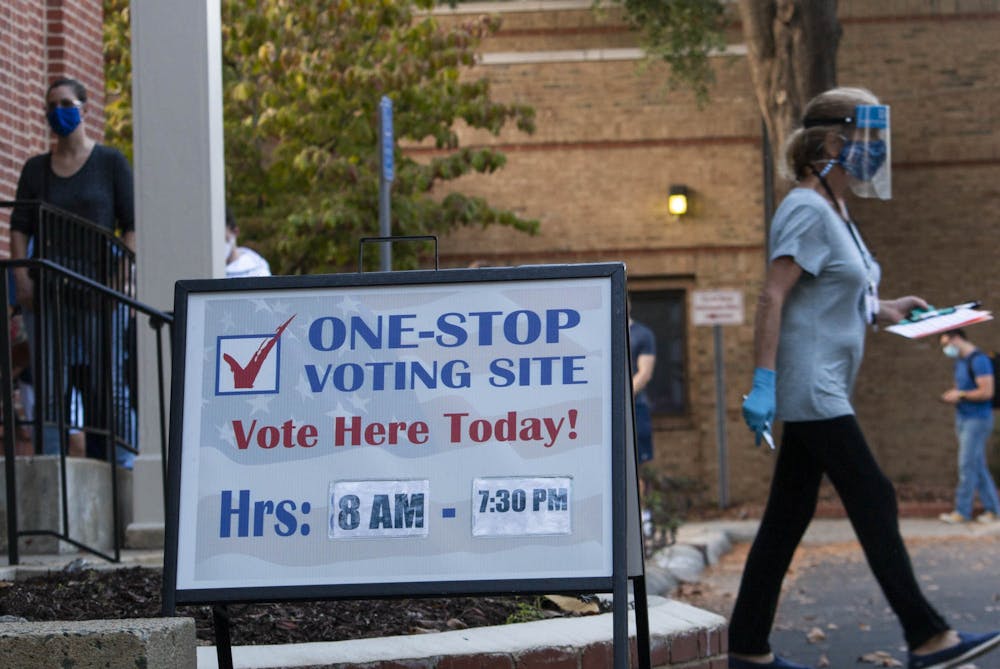Step 3: Voting
The most important step is actual voting. People cannot make their voices heard if they do not vote for their preferred candidate. Participation is the key to American democracy.
The U.S. should follow in the footsteps of Australia and make voting mandatory. There are a few reasons why people can’t vote: time and money. Election Day should be moved to the first Monday in November and made a federal holiday where every business is closed so people have time to vote.
There are two viable options when it comes to money. The government should give a tax credit of 1/365 of the individual’s annual adjusted gross income or $100, whichever is less. Another option is a fine if someone chooses not to vote. This depends on if people respond to reward or punishment better. These few things will increase voter turnout, making the will of the people known.
Step 4: Making those votes count
4a. Congressional districts and gerrymandering
Gerrymandering is a huge problem, especially here in North Carolina. Gerrymandering, in its most basic form, is voter suppression. It doesn’t matter which party draws the map, they will draw it to benefit them and suppress the votes of the other party or, in the case of Republicans, minorities. The two main types, cracking and packing, serve to dilute the vote of a certain group statewide.
Ending gerrymandering on a congressional level will give more meaning to each of the ballots cast in those districts and increase voter turnout. This will likely also lead to more turnover in Congress, which could end the calls to institute term limits for representatives and senators.
4b. What about the Electoral College?
As we all are aware, a candidate can lose the popular vote and win the election due to the Electoral College. The Electoral College presents a problem in the equity of votes. It also suppresses voter turnout as many individuals believe that their vote doesn't matter. However, there are several ways to fix the problem that the Electoral College presents to representative politics.
The first solution is the easiest: allocate Electoral College votes based upon winners of congressional districts, like Maine and Nebraska do. This would be best done if the problem of gerrymandering was resolved. If it is not, the terribly drawn lines would impact presidential elections. Despite gerrymandering issues, allocating electoral votes this way would be more representative of how the state votes compared to the winner-take-all system most states have.
The second solution is the National Popular Vote Interstate Compact, an agreement to allocate Electoral College votes to the winner of the national popular vote. Currently, the compact has 16 jurisdictions, 15 states and Washington D.C., signed on, totaling 196 electoral votes. The compact is only binding once enough states have joined to represent 270 electoral votes, enough to win.
To get the day's news and headlines in your inbox each morning, sign up for our email newsletters.
The third, and least likely, solution is a constitutional amendment to abolish the Electoral College. Simply due to the number of states that get a disproportionate boost from the Electoral College, this proposal will not get the congressional or state support it needs to pass.
These proposals are, realistically in today's climate, unlikely to occur, but they would be significant improvements — and we need to dream big. In these four easy steps, we can fix American elections for the better.
@jc_leser
opinion@dailytarheel.com



